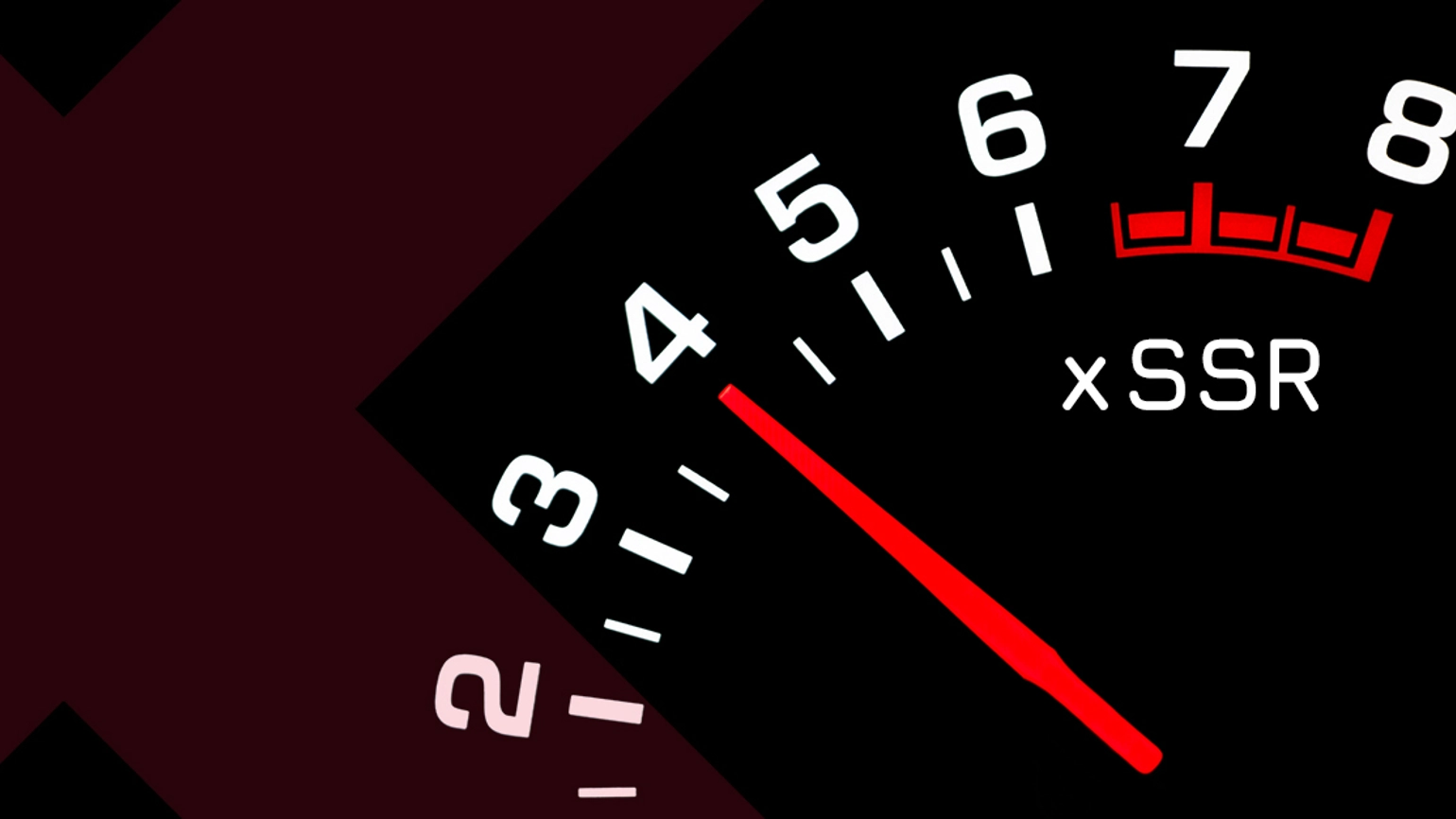Return to journal
Give your browser a rest with SSR
We asked Carlos Rey, RY’s Technical Director, to explain what SSR is and why organisations should be as excited as we are.

When most of us hear of Server-Side Rendering (SSR), sci-fi-level speed and innovation don’t spring into the front of our minds. But it should. While SSR has an unsuspecting name, everyone in the corporate world is chatting about it. We asked Carlos Rey, RY’s Technical Director, to explain what SSR is and why organisations should be as excited as we are.
Gone are the days of dial-up.
We definitely need less time to load a page than in the 00s, but it’s still relatively long - especially on a corporate website full of assets and information. The more on the page, the more chance we’ll see the spinning wheel of death that sends us back to that moment of waiting for Myspace to load with your customised theme and playlist.
It’s not your browser's fault, it’s trying very hard. Each time you visit a page, the browser interprets the code developers told the website to create. Code runs back and forth to the web server, again and again, to build the end webpage you see. But it’s not just once. The browser runs back and forth to the web server each time a user clicks on the page – this is Web Browser Rendering.
Server-Side Rendering takes out the middleman.
Instead of getting the browser to do all the work, the server has another trick up its sleeve. The server builds the web page based on the HTML and JavaScript code from the developer, caches it, and shows a copy to every user accessing the page. And the web server is much faster at interpreting the developer's code and building that web page than your browser!
When the code on the site gets updated, it caches the new page automatically, meaning when someone visits the website, instead of the browser going back and forth rebuilding the page every time finding new changes, the server sends the browser a cached HTML page with the most up-to-date code changes and information included.
It might sound like a faff at first, but it makes a big difference to corporate digital communications.
Speed your site up
Reducing the steps and effort completed each time a user visits the site, means an upgrade in site speed and page load times. While you may not feel there’s a lag on your site right now, any incremental accelerations will lead to exponentially better web experiences for users.
Automate your security
With SSR, your site automatically has a cache of pre-built web pages to fall back on. Maybe you regularly cache your website to do this, but with SSR, it is automatically cached for you from the last content or code change, so any hiccups and you can get back online faster.
Climb SEO rankings
When search trawlers like Google crawl through a web browser-rendered page, it needs the browser to share info, but it might as well be speaking in Klingon. Crawlers are better at understanding the SSR’s cached HTML pages, making SEO changes even more effective.
Reduce your site’s carbon footprint
Corporate websites have a significant carbon impression that’s increased when every browser does all the thinking and runs back and forth each time a user enters a page. Taking the web browser’s work from the equation, that energy gets massively reduced.
How your organisation can build in SSR:
Like most good things, one does not simply flip a switch to get SSR. To ensure it works properly, it needs additional infrastructure in the foundations of your site. So, we never recommend retrofitting SSR. Instead, we push to plan it from the start of a new build or even an upgrade.
“The good news, if you're with Umbraco, is that building SSR will be much easier. Servers and developers have an easier time hooking into open-source code, plus you know this code is poured over by many other professional developers, leading to a robust and speedy end solution for your website.” – Carlos Rey.
If your organisation is already on Umbraco, or you're interested in implementing SSR with a headless solution, drop us a line. The team have already built robust SSR solutions into our code base, and it’s now part of our standard offering.
